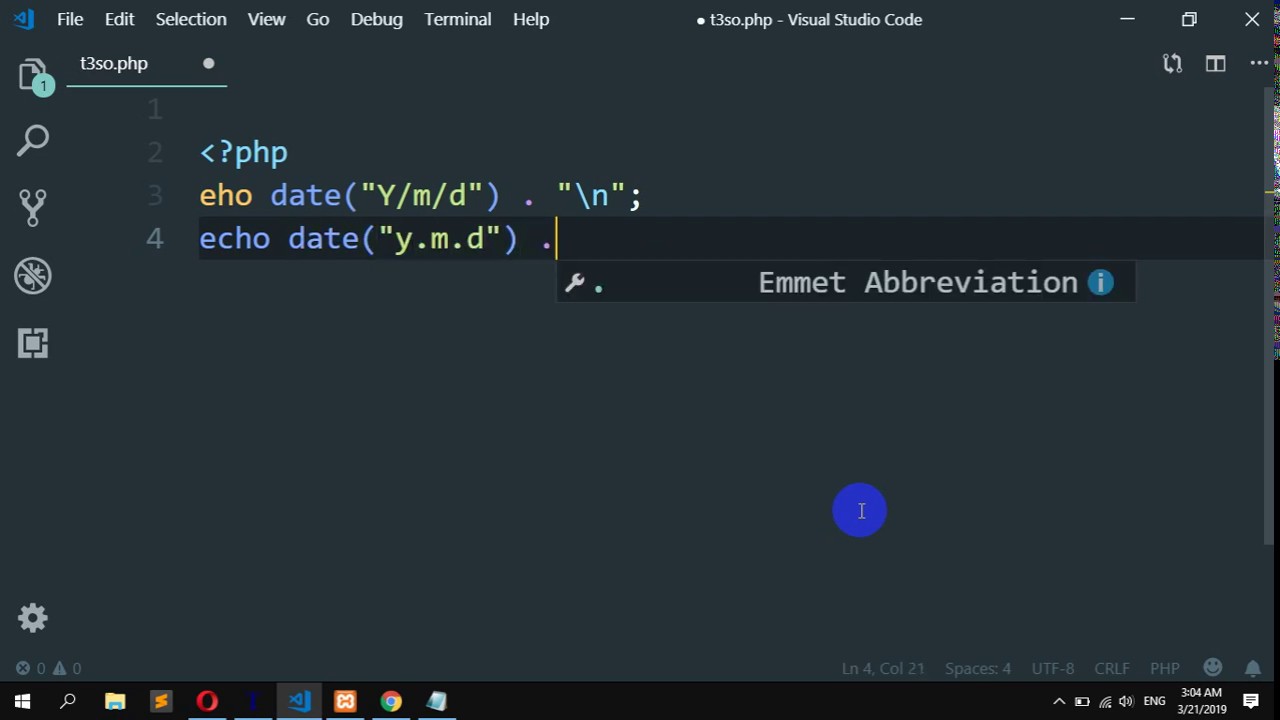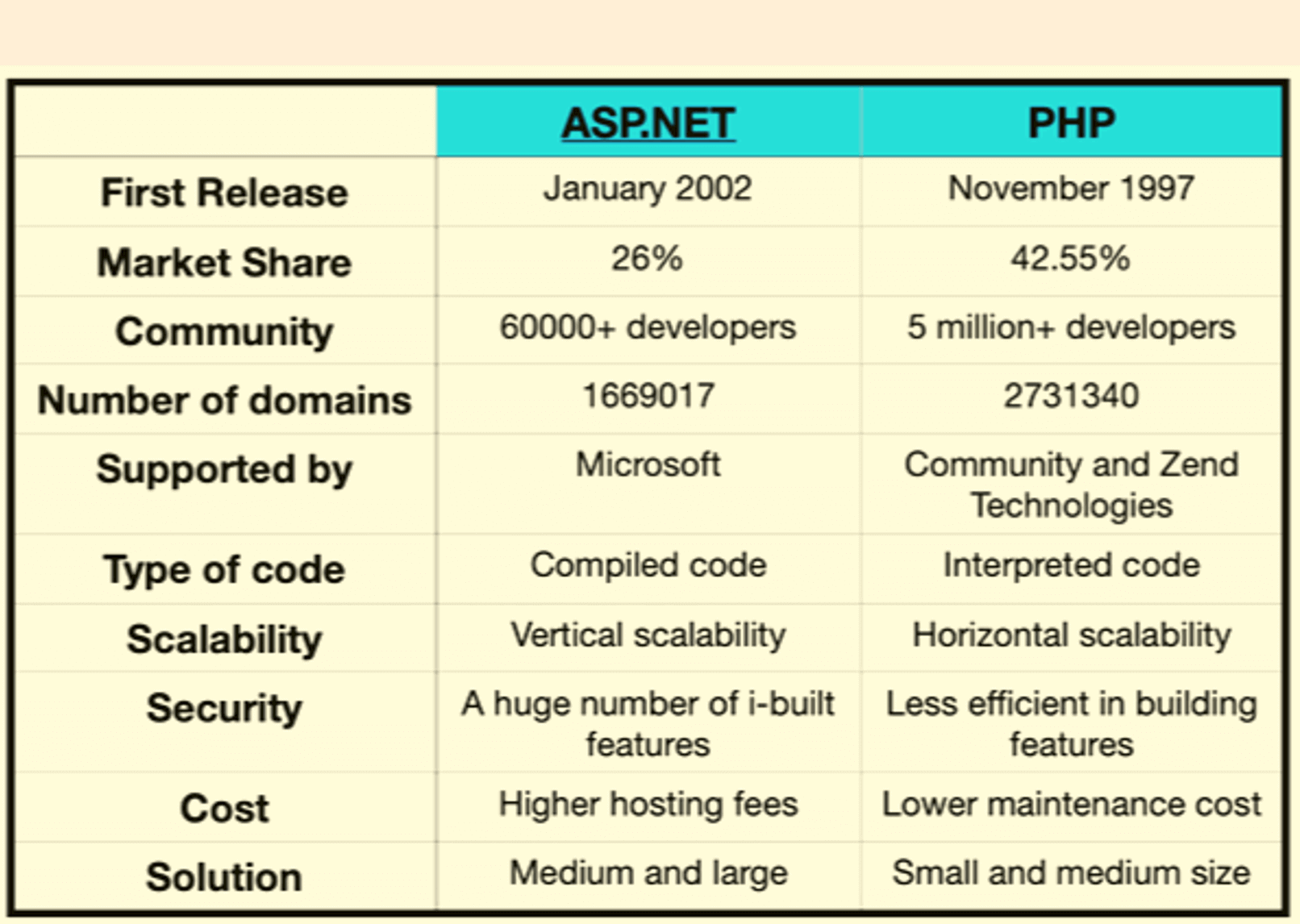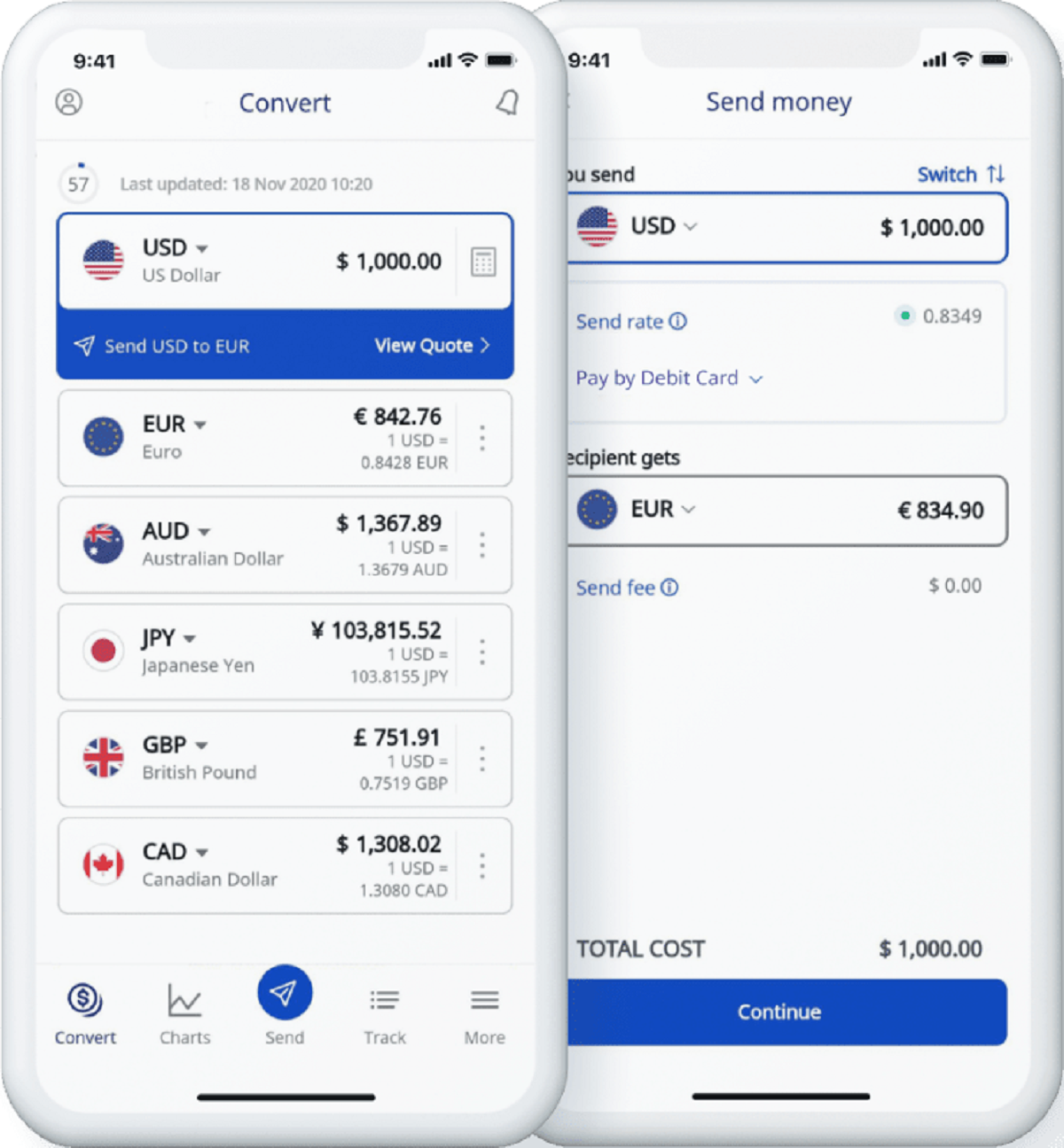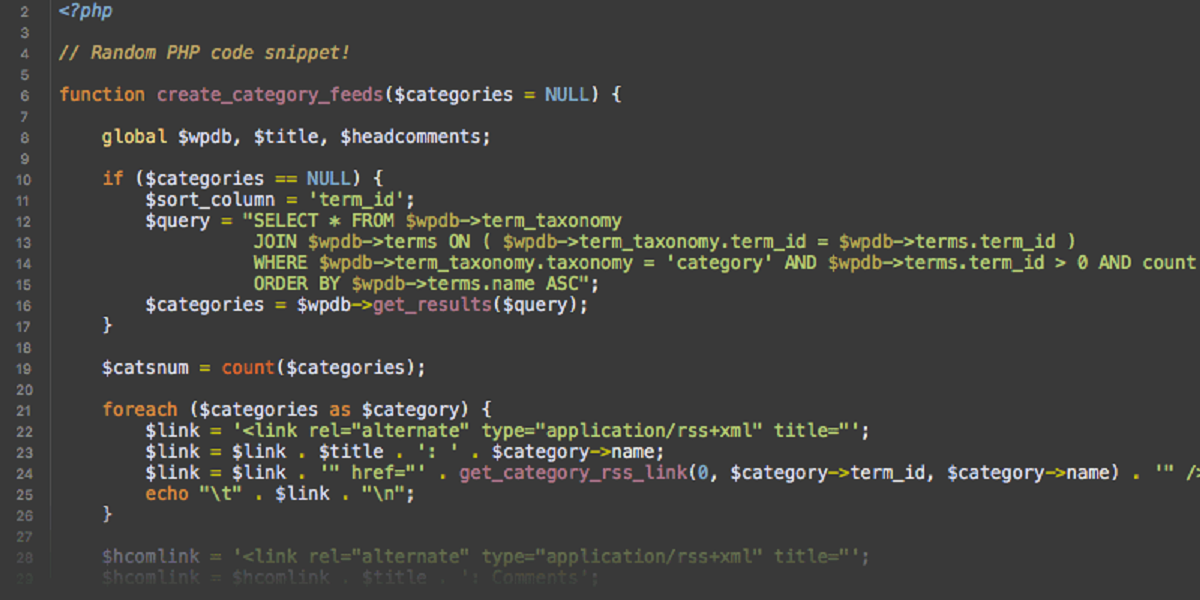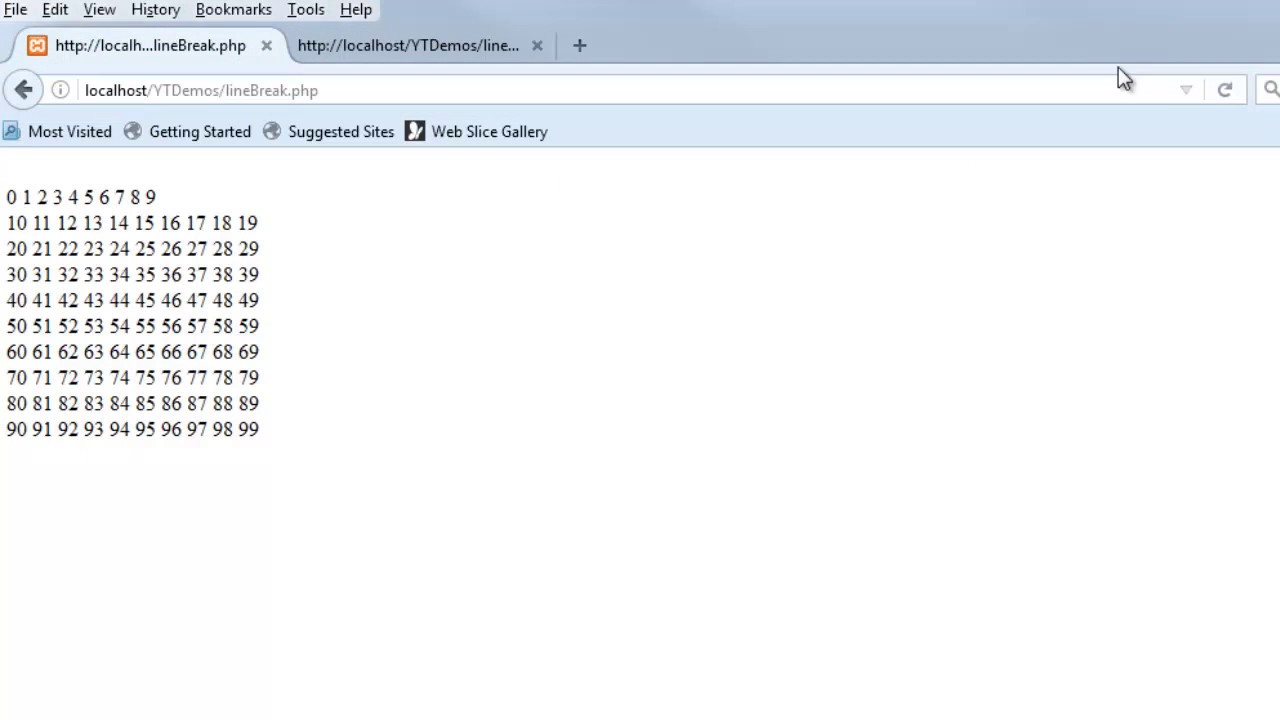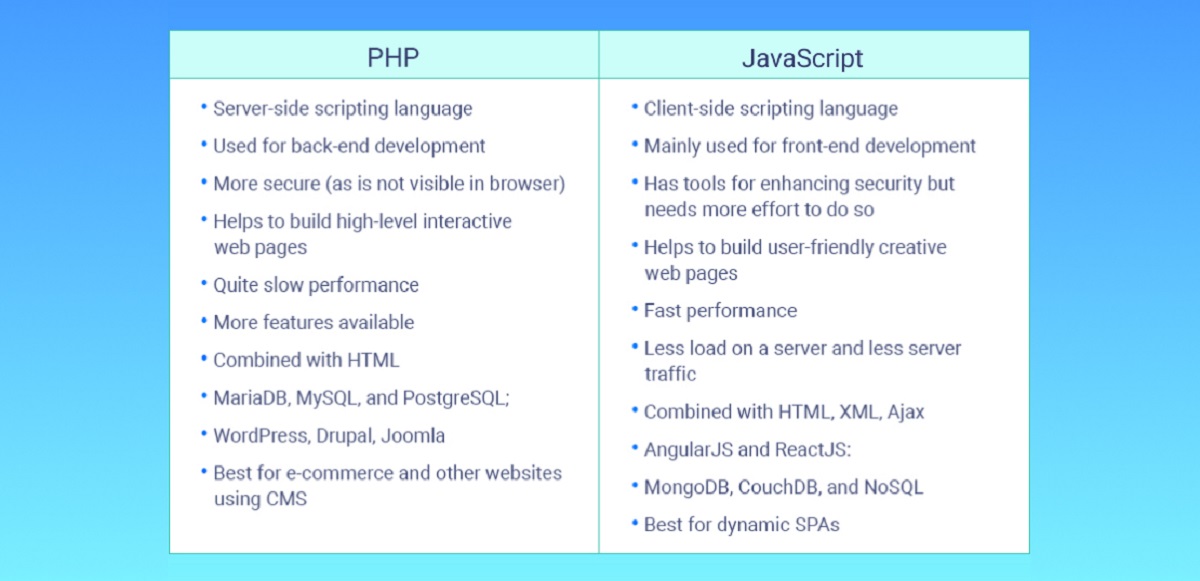Introduction
In today’s digital age, the ability to compare and manipulate dates and times is a crucial skill for many PHP developers. Whether you are building a booking system, scheduling events, or simply need to perform date-related calculations, understanding how to compare two dates in PHP is essential.
Comparing dates allows you to determine the chronological order of events, check if a certain date has passed, or calculate the time difference between two points. In this article, we will explore different methods to compare two dates in PHP, providing you with the knowledge and tools to tackle various date-related tasks effectively.
We will cover three main approaches: using comparison operators, utilizing the strtotime function, and leveraging the powerful DateTime class. Each method has its own advantages and use cases, so you can select the most appropriate approach based on your specific requirements.
Throughout the article, we will also touch upon important considerations such as handling timezones and accounting for daylight saving time. These aspects are crucial to ensure accurate date comparisons, especially when dealing with international audiences or when the application’s default timezone is different from the user’s locale.
So, if you are ready to dive into the world of date comparisons in PHP, let’s get started and equip ourselves with the necessary skills to handle dates and times effectively in our projects.
Understanding date and time in PHP
Before we dive into comparing dates in PHP, it is essential to have a solid understanding of how dates and times are represented and handled in PHP.
In PHP, dates and times are managed using the DateTime class, which provides a wide range of methods and functionalities for working with dates and times. With the DateTime class, we can create date objects, perform calculations, modify dates, and format them according to our requirements.
PHP supports various date and time formats, allowing for flexibility in how we represent and manipulate them. The most commonly used format is the ISO 8601 format (YYYY-MM-DD HH:MM:SS), which adheres to the international date and time standard. However, PHP also provides options to work with other formats like “dd-mm-yyyy” or “mm/dd/yyyy”, depending on the desired output or input requirements.
One important aspect to consider when working with dates and times in PHP is the concept of timezones. A timezone represents a geographical region where a specific standard time or offset from Coordinated Universal Time (UTC) is observed. By default, PHP uses the system’s timezone set in the php.ini file. However, it is highly recommended to set the timezone explicitly using the `date_default_timezone_set()` function to ensure consistent date and time calculations across different environments.
Another consideration when dealing with dates is the handling of leap years and daylight saving time. Leap years occur every four years to account for the fractional difference between Earth’s orbital period and our calendar’s year. PHP provides the `date(‘L’)` function to determine if a given year is a leap year or not.
Daylight saving time is the practice of adjusting the clock forward by one hour during the summer months to extend daylight and conserve energy. Different regions may have different daylight saving rules, and it is crucial to account for these changes when comparing dates across timezones.
By having a solid understanding of PHP’s date and time management, including formats, timezones, leap years, and daylight saving time, you will be well-equipped to perform accurate date comparisons in PHP.
Comparing dates using comparison operators
One of the simplest and most straightforward ways to compare dates in PHP is by utilizing comparison operators. PHP provides a set of comparison operators, including greater than (`>`), less than (`<`), greater than or equal to (`>=`), and less than or equal to (`<=`). These operators allow us to directly compare two dates and determine their relative order.
When using comparison operators to compare dates, it is important to ensure that the dates are in a format that allows for direct comparison. The most common format for comparing dates is the YYYY-MM-DD format, also known as the ISO 8601 format. This format ensures that dates are provided in a consistent and sortable manner.
To compare two dates using comparison operators, you can simply compare the dates as strings. For example:
php
$date1 = ‘2022-01-01’;
$date2 = ‘2022-03-15’;
if ($date1 < $date2) { echo “Date 1 is before Date 2”; } elseif ($date1 > $date2) {
echo “Date 1 is after Date 2”;
} else {
echo “Date 1 and Date 2 are the same”;
}
In the example above, we compare `$date1` and `$date2`, and depending on the result, we can determine whether one date is before, after, or the same as the other.
It is important to note that when using comparison operators, PHP treats dates as strings and performs a character-by-character comparison. While this method works well for simple comparisons, it may not provide accurate results when dealing with more complex scenarios or when time components need to be taken into account.
Additionally, when comparing dates using comparison operators, it’s crucial to ensure that the dates being compared are in the same timezone. If the dates have different timezones, the comparison may not yield the expected results. It is advised to convert the dates to a common timezone before performing the comparison.
Comparison operators provide a simple and intuitive way to compare dates in PHP. However, in more complex scenarios or when considering time components, other methods such as using the strtotime function or the DateTime class may be more suitable.
Comparing dates using the strtotime function
In PHP, the strtotime function provides a convenient way to parse and convert textual date representations into Unix timestamps, which can be easily compared and manipulated.
The strtotime function takes a string representing a date, time, or relative time expression and converts it into a Unix timestamp integer. This timestamp represents the number of seconds that have passed since January 1, 1970, at 00:00:00 UTC.
To compare dates using the strtotime function, we can convert both dates into Unix timestamps and then compare the timestamps using the comparison operators. For example:
php
$date1 = ‘2022-01-01’;
$date2 = ‘2022-03-15’;
$timestamp1 = strtotime($date1);
$timestamp2 = strtotime($date2);
if ($timestamp1 < $timestamp2) { echo “Date 1 is before Date 2”; } elseif ($timestamp1 > $timestamp2) {
echo “Date 1 is after Date 2”;
} else {
echo “Date 1 and Date 2 are the same”;
}
In the example above, we convert `$date1` and `$date2` into Unix timestamps using the strtotime function. We then compare the timestamps using the comparison operators to determine the relative order of the dates.
The strtotime function offers great flexibility as it can handle a wide range of textual date representations. It can parse dates specified in various formats, such as “YYYY-MM-DD”, “MM/DD/YYYY”, “DD-MM-YYYY”, and more. Additionally, it can understand relative expressions like “next week”, “2 days ago”, or “first day of next month”.
However, it is important to note that when using the strtotime function, the input string must be in a format that can be recognized and interpreted correctly. It is recommended to use standard date formats, such as the ISO 8601 format, to ensure consistent and reliable date comparisons.
Using the strtotime function simplifies the process of comparing dates in PHP by converting the dates into Unix timestamps. However, it is essential to be aware of the format of the input string and potential variations in date representation to ensure accurate results.
Comparing dates using the DateTime class
The DateTime class in PHP provides a powerful and object-oriented way to work with dates and times. It offers a wide range of methods and functionalities that simplify the process of comparing dates and performing various date-related operations.
To compare dates using the DateTime class, we can create two DateTime objects representing the dates we want to compare. We can then use the comparison methods provided by the DateTime class to determine the relative order of the dates.
Here’s an example of comparing dates using the DateTime class:
php
$date1 = new DateTime(‘2022-01-01’);
$date2 = new DateTime(‘2022-03-15’);
if ($date1 < $date2) { echo “Date 1 is before Date 2”; } elseif ($date1 > $date2) {
echo “Date 1 is after Date 2”;
} else {
echo “Date 1 and Date 2 are the same”;
}
In the above example, we create two DateTime objects, `$date1` and `$date2`, with the desired date representations. We then compare the objects using the comparison operators provided by the DateTime class.
The DateTime class provides a range of comparison methods, such as `diff()` to calculate the difference between two dates, `format()` to format dates into specific representations, and `modify()` to modify dates by adding or subtracting time intervals.
One of the great advantages of using the DateTime class is its ability to handle different timezones and accurately calculate date differences across timezones. By default, the DateTime class uses the system’s timezone, but we can set a specific timezone using the `setTimezone()` method.
The DateTime class also accounts for leap years and daylight saving time automatically. It handles these considerations behind the scenes, ensuring that date comparisons and calculations remain accurate and reliable.
Using the DateTime class provides a more robust and comprehensive approach to date comparisons in PHP. It offers greater flexibility, precise control over timezones, and advanced functionalities for manipulating dates and times.
By leveraging the power of the DateTime class, you can effectively compare dates, perform complex calculations, and ensure accurate date representations in your PHP applications.
Handling timezones and daylight saving time
When working with dates and times in PHP, it is crucial to consider timezones and account for daylight saving time to ensure accurate and reliable date comparisons.
By default, PHP uses the system’s default timezone set in the php.ini file. However, it is recommended to explicitly set the timezone using the `date_default_timezone_set()` function to avoid inconsistencies and ensure consistent behavior across different environments.
When comparing dates across different timezones, it is important to convert the dates to a common timezone before performing the comparison. This ensures that all dates are in the same time reference and eliminates potential discrepancies due to timezone differences. The DateTime class provides the `setTimezone()` method to easily convert dates to a specific timezone.
Another critical consideration is daylight saving time. Daylight saving time is the practice of adjusting clocks forward by one hour during the summer months to extend daylight hours. Different regions may have different rules for observing daylight saving time, including the start and end dates of the adjusted period.
To handle daylight saving time correctly, it is recommended to use the DateTime class, as it automatically adjusts for daylight saving time changes based on the configured timezone. This ensures that date comparisons and calculations account for any shifts in time due to daylight saving time.
Additionally, when working with timestamps, it is important to specify whether the timestamp represents a local time or a UTC time. This can help avoid confusion and ensure consistency when performing date operations.
To summarize, when handling timezones and daylight saving time in PHP, you should:
1. Set the appropriate timezone explicitly using `date_default_timezone_set()` to ensure consistent behavior across different environments.
2. Convert dates to a common timezone before comparing or performing calculations to eliminate potential discrepancies.
3. Use the DateTime class, which handles timezones and adjusts for daylight saving time automatically.
4. Specify whether a timestamp represents a local time or a UTC time to avoid confusion and ensure consistency.
By following these guidelines, you can handle timezones and daylight saving time effectively when comparing dates in PHP, resulting in accurate and reliable results in your applications.
Conclusion
In this article, we explored different methods for comparing dates in PHP, equipping you with the knowledge and tools to handle date-related tasks effectively. We covered three main approaches: using comparison operators, utilizing the strtotime function, and leveraging the DateTime class. Each method has its own advantages and use cases, allowing you to choose the most appropriate approach based on your specific requirements.
When comparing dates using comparison operators, we can easily determine the relative order of dates by comparing them as strings. This approach is simple and straightforward, but it may not account for more complex scenarios or time components.
The strtotime function provides a convenient way to parse textual date representations and convert them into Unix timestamps. This allows for easy comparison using comparison operators and offers great flexibility in handling various date formats and relative expressions.
For more advanced date comparisons and operations, the DateTime class is a powerful tool. It provides comprehensive functionalities for working with dates and times, including precise control over timezones, handling daylight saving time, and advanced calculations. The DateTime class is recommended when dealing with more complex scenarios or accurate date manipulations.
It is important to consider timezones and account for daylight saving time when comparing dates in PHP. By setting the appropriate timezone, converting dates to a common timezone, and using the DateTime class’s built-in mechanism, you can ensure accurate and reliable date comparisons across different timezones and during daylight saving time periods.
By having a solid understanding of date and time in PHP and utilizing the appropriate methods to compare dates, you will be able to effectively handle date-related tasks in your PHP projects. Whether you are building booking systems, scheduling events, or performing date calculations, the knowledge gained in this article will prove invaluable.
So, embrace the power of PHP’s date and time functionalities, choose the right method for comparing dates in each scenario, and unlock the full potential of date manipulation in your PHP applications.









